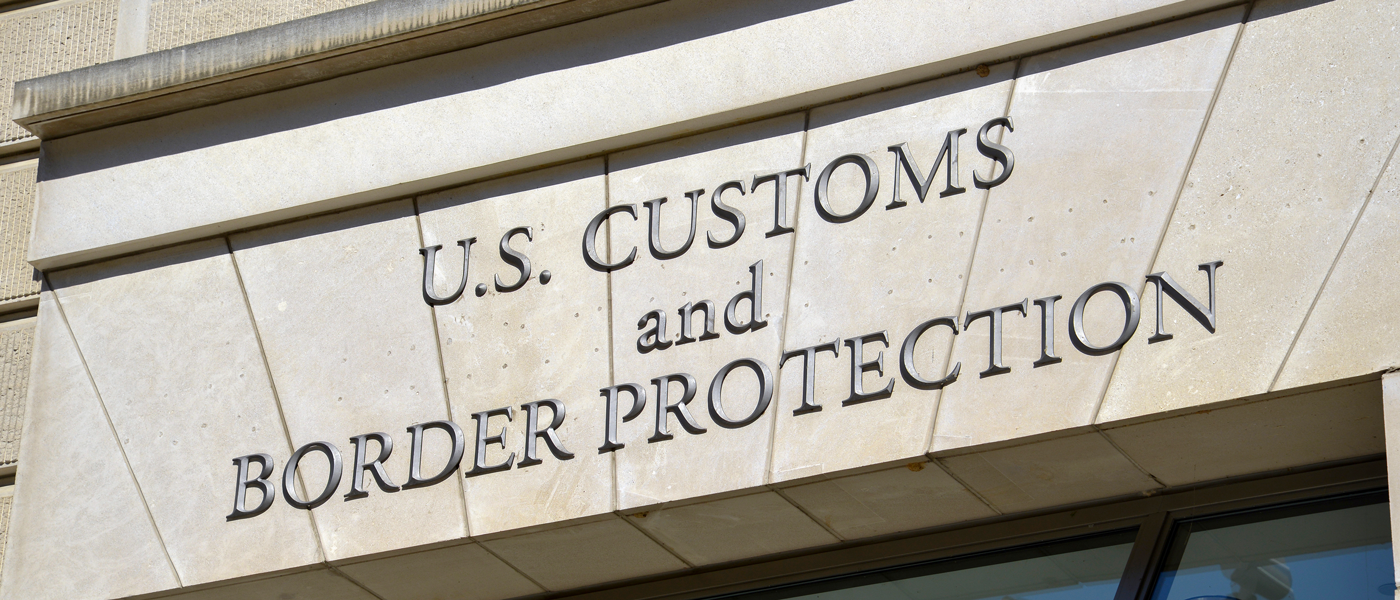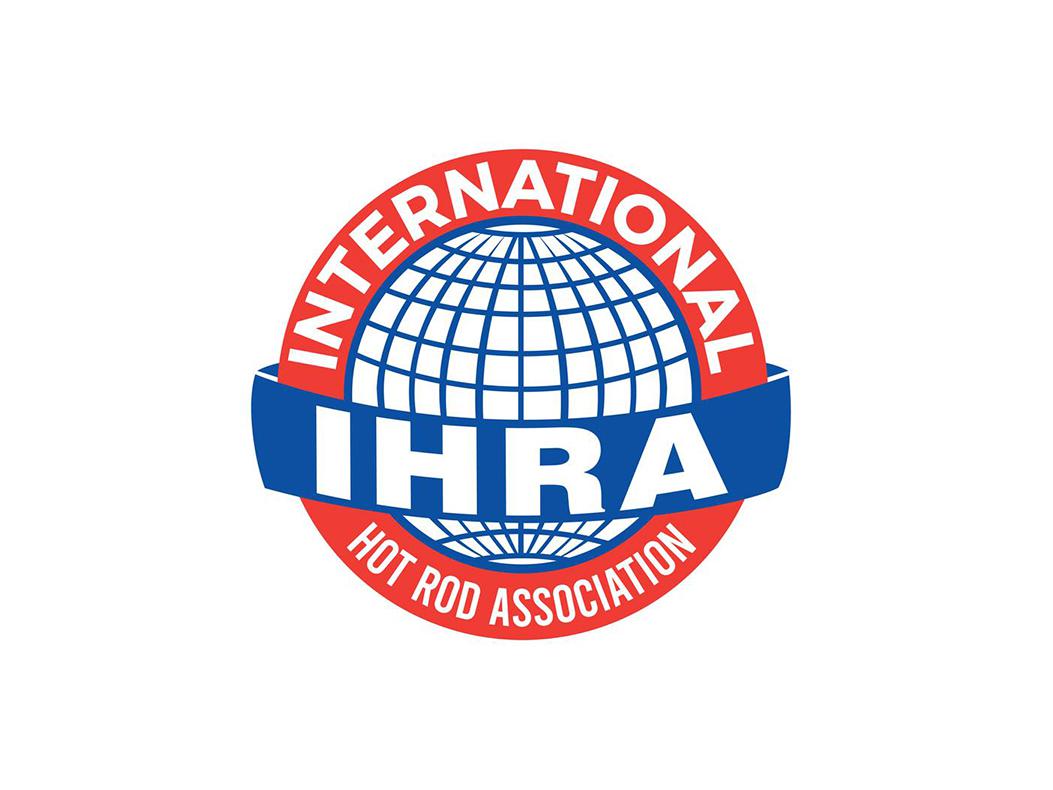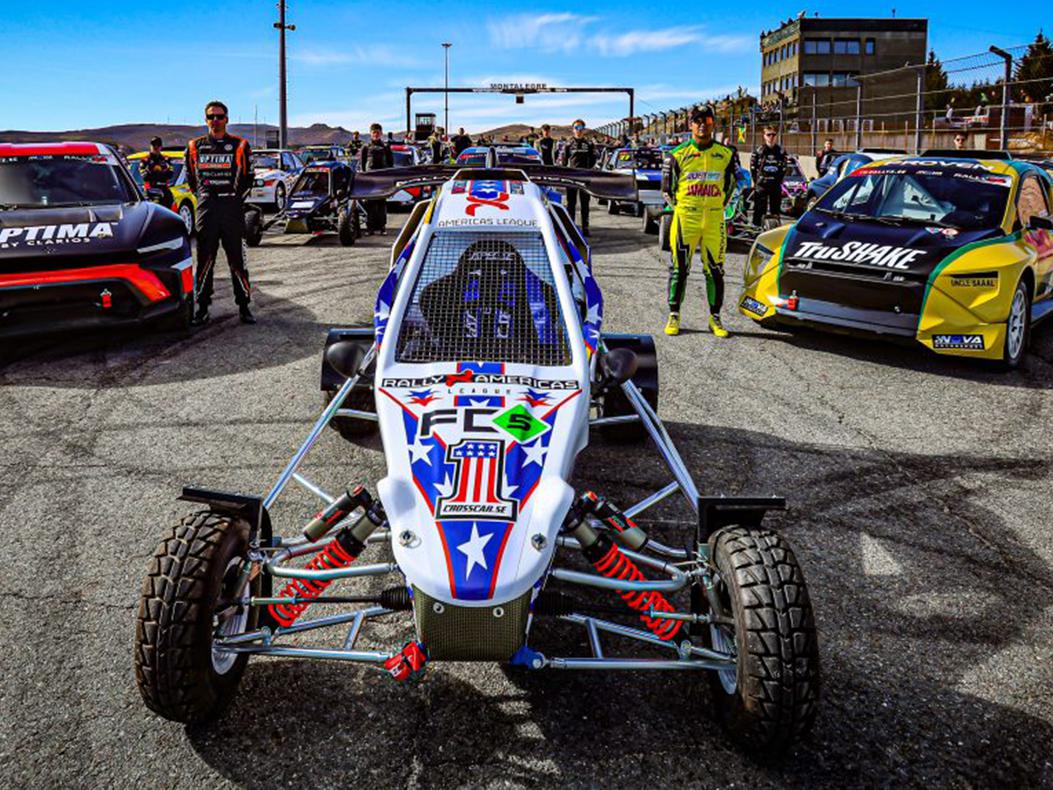Know Before You Go: U.S. Customs Requirements to Bring a Race Car Into the U.S.

As summer heats up and the racing season kicks into full swing, it is critical that racers based abroad understand the laws governing bringing a race car across the United States border to compete on the track. To follow is information on the requirements of the U.S. Customs and Border Patrol Agency (CBP) to import a race vehicle into the U.S. Please note, that the following does not constitute legal advice and is provided for information purposes only.
The process of importing a "purpose-built race car" should be fairly straightforward, but you must follow the rules in place. Suppose the vehicle was designed as a racing vehicle (i.e., it is a purpose-built race car that was never street-legal). In that case, it can be permanently imported into the U.S. by submitting an HS-7 Declaration form (checking Box 8) from the National Highway Traffic Safety Administration (NHTSA) to Customs at the time of entry. In addition, the importer must also attach a copy of a letter from the vehicle's original manufacturer confirming that it was originally manufactured as a racing vehicle at the time of entry. It is possible to accomplish this process quickly at entry and no explicit approval from NHTSA is necessary to import the vehicle in these cases.
Suppose the race vehicle being brought across the border was originally manufactured for street use, and the vehicle has been subsequently modified into a race car. In that case, it can only be imported on a temporary basis under Box 7 on the HS-7 Declaration form. However, entry into the U.S. requires additional steps in addition to checking Box 7. A pre-obtained NHTSA permission letter is necessary to import a vehicle on this basis. NHTSA grants permission in annual increments for up to three years if duty is not paid on the vehicle, or for up to five years if duty is paid.
If the vehicle was originally manufactured for on-road use, it must be in full race configuration at the time of importation and lack equipment and features needed for on-road use. Once the HS-7 is submitted, importers must also submit the U.S. Environmental Protection Agency's (EPA) form 3520-1 or 3520-21 to CBP to identify the basis for importation. In order to elect the "CODE L" exclusion, a previously issued EPA letter of "approval" must be attached.
Summarizing the steps required to obtain the EPA approval, an EPA racing vehicle exclusion may be granted if a vehicle is determined by the EPA to be incapable of safe and practical street or highway use because:
- It lacks features associated with safe and practical street or highway use, such features including, but not limited to, a reverse gear (except in the case of motorcycles), that cannot be installed economically relative to the value of the vehicle or;
- It exhibits features that are not readily removed, which render its use on streets and highways unsafe or impractical; a differential, or substantial safety features required by state and/or Federal Law. Anyone may import a racing vehicle without a Customs bond required by EPA; however, written EPA approval must be obtained before clearance at Customs.
Not all vehicles used in races are excluded from emissions compliance. Determinations are based on the capability of the vehicle, not its intended use. An importer must submit the following information when applying:
- Importer's name, address, and daytime telephone number.
- Vehicle information (make, model, model year and VIN).
- A list of racing features (features that make the vehicle a racing vehicle).
- A list of street features that are lacking (features that have been removed or have never been installed that would permit safe driving on streets or highways).
- At least four photographs showing the front, rear and each side view; and, if applicable, photographs of the interior.
- The name of the sanctioning body and competition class. A schedule of racing events, including dates and locations where the vehicle will participate.
- A copy of the competition racing license.
- Other proof that the vehicle cannot be used on streets and highways, such as a letter from a state's Department of Motor Vehicles (DMV) that explains the vehicle cannot be licensed for use on public roads and explains why it cannot be licensed.
Additionally, below are some do's/don'ts that should be helpful in assisting you when bringing your race car (purpose build or converted) into the U.S.:
Do's:
- Be polite and respectful at the border with all employees/agents you encounter (e.g., turn off your radio; do not wear sunglasses or a hat obscuring your face for personal identification).
- Have your paperwork in order.
- Be prepared to answer questions.
- If the purpose-built sports racing car noticeably resembles a standard production car, be prepared to explain why you do not need EPA approval.
- For a converted race car, be prepared to provide information such as:
a. Importer's/owner's name, address, and daytime telephone number.
b. Vehicle information (make, model, model year).
c. A list of racing features that make the vehicle a racing vehicle.
d. A list of street features that your race vehicle lacks (features that have been removed or have never been installed that would permit safe driving on streets or highways).
e. Clear color photographs showing the front, rear, and each side view; and for cars, photographs of the entire interior.
f. The name of the race sanctioning body.
g. Name of the racing series and copy of the racing license for that series.
h. A printed schedule of racing events, that includes dates and locations where the vehicle will participate.
Don'ts:
- Be argumentative.
- If claiming the vehicle is a purpose-built race car, do not have a license plate on it.
- If claiming the vehicle as a purpose-built race car, make sure that the vehicle has race wheels rather than those that appear to be for street use.
For more information, contact Eric Snyder at erics@sema.org.
 MEMBERSHIP LOGIN
MEMBERSHIP LOGIN JOIN PRI
JOIN PRI


